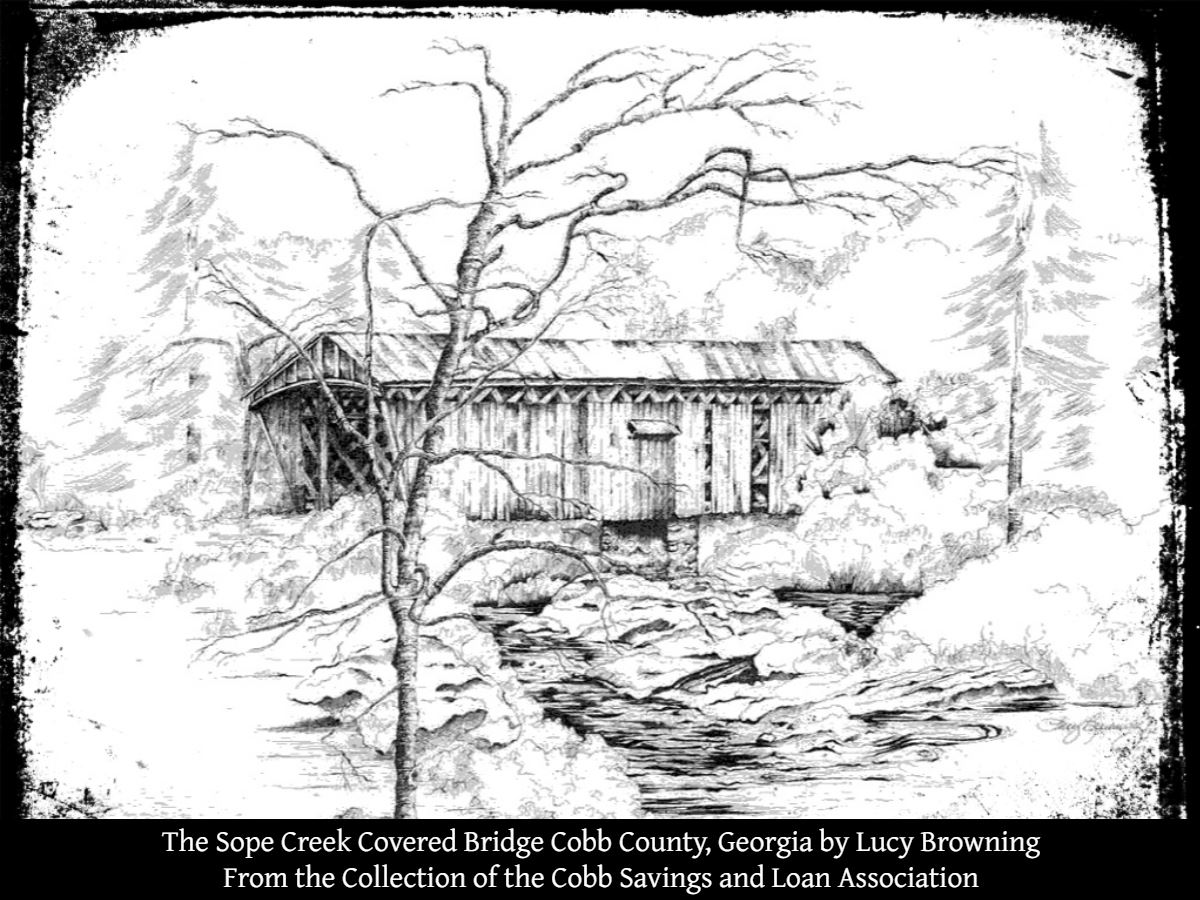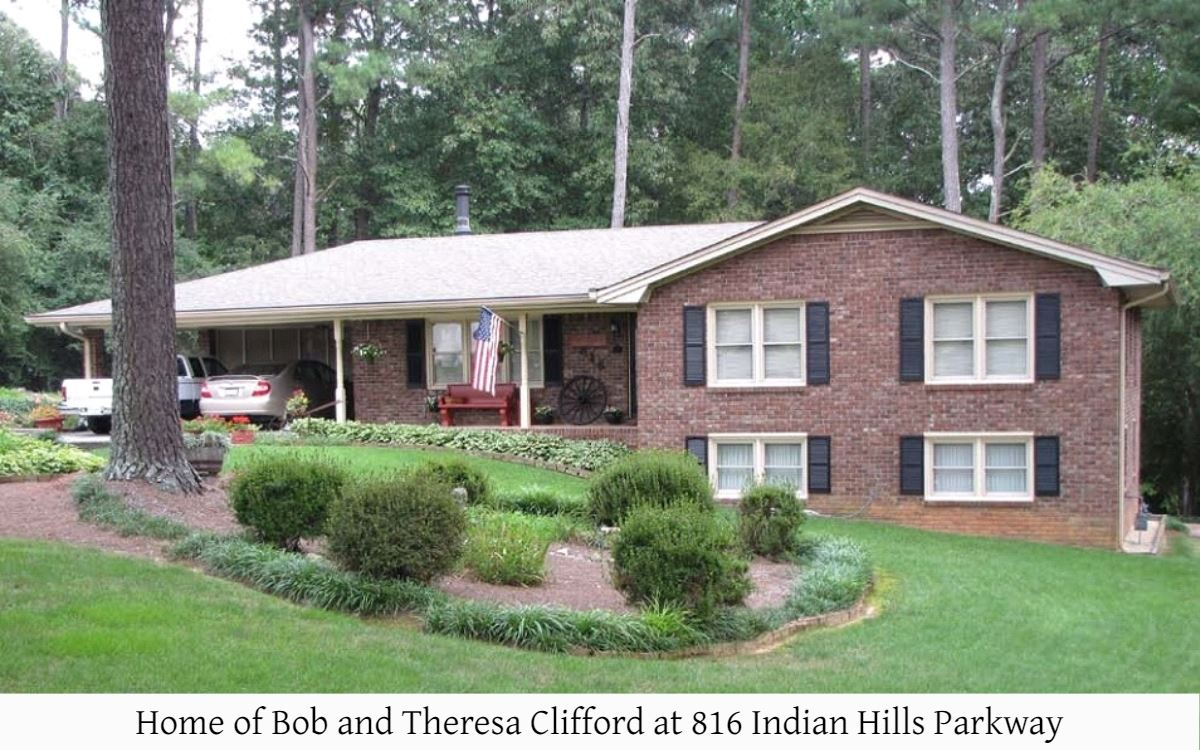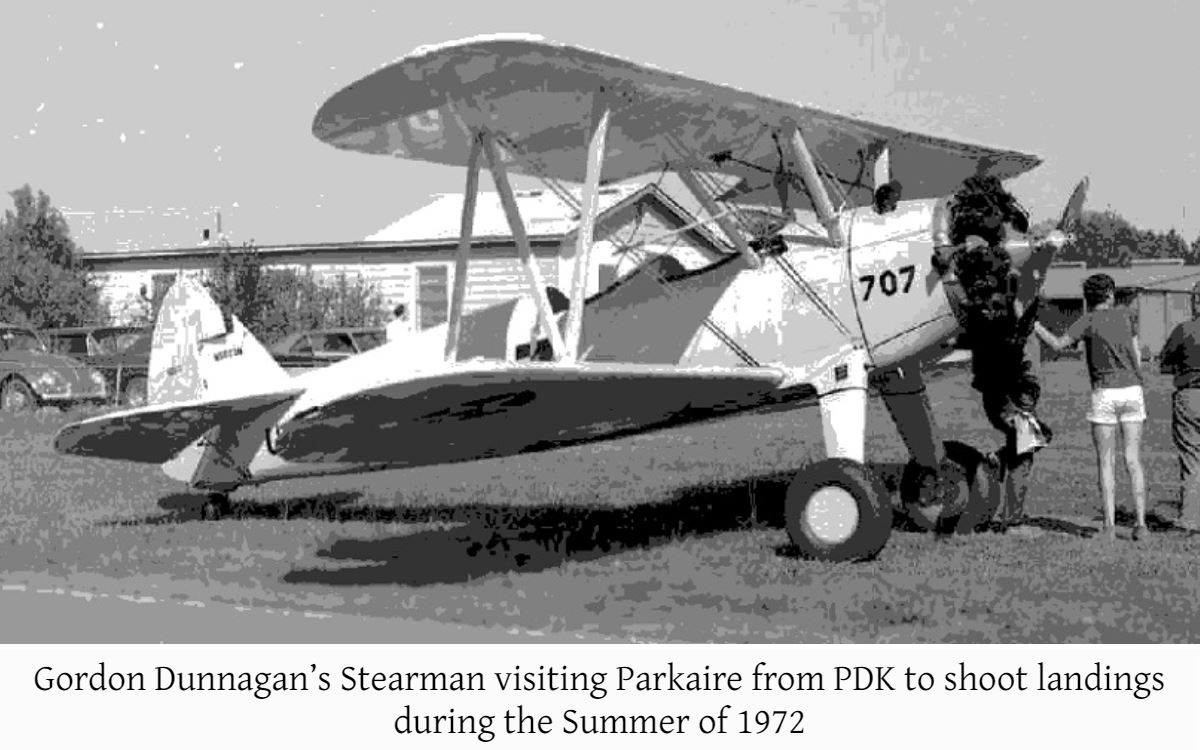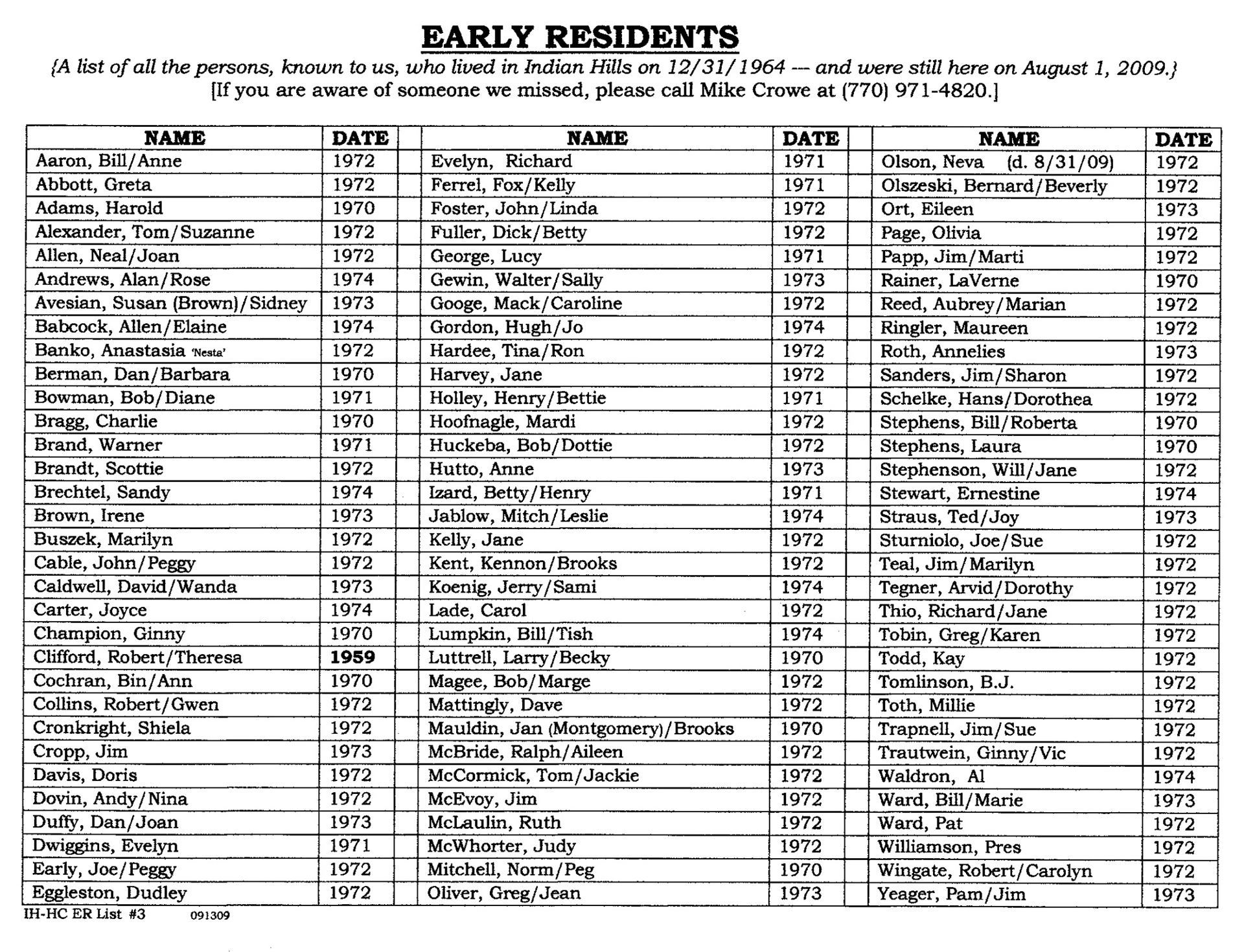 Methodology: Early Residents were identified through courthouse records, property deeds and IHCA member lists. Forty two couples or individuals were interviewed by Norm Mitchell, Mike Crowe and Jim Sanders. Sixteen of these moved to Indian Hills from metro Atlanta and twenty six moved into the development from out-of-state. We attempted to be as inclusive as possible, but after 42 meetings, we felt we had reached the point of diminishing returns. These residents seem to tell us the same things and shared many of the same memories, so it was decided that we stop with the interviews and begin capturing their stories for this phase of the History Project.
Methodology: Early Residents were identified through courthouse records, property deeds and IHCA member lists. Forty two couples or individuals were interviewed by Norm Mitchell, Mike Crowe and Jim Sanders. Sixteen of these moved to Indian Hills from metro Atlanta and twenty six moved into the development from out-of-state. We attempted to be as inclusive as possible, but after 42 meetings, we felt we had reached the point of diminishing returns. These residents seem to tell us the same things and shared many of the same memories, so it was decided that we stop with the interviews and begin capturing their stories for this phase of the History Project.
Who were interviewed? The name(s), address and month/year moved to Indian Hills follow:
Greta Abbott, 488 Indian Hills Trail, 12/’73
Neal & Joan Allen, 766 Fairfield Drive, 2/’73
Nesta Banko, 663 Lakeview Trail, 2/’72
George Bartelme, 3890 Valley Green Drive, 1/’73*
Dan & Barbara Berman 3769 Clubland Drive 5/’70
Bob & Diane Bowman, 391 Ridgewater Drive, 8/71
Charlie Bragg, 3933 Sentry Crossing, 9/’70
Scotti Brandt, 3680 High Green Drive, 2/’72
John & Peg Cable, 3765 Creekstone Way, 1/’72
Bob & Theresa Clifford, 816 Indian Hills Parkway
Gwen Collins, 3580 High Green Drive, 10/’71
Sheila Cronkright, 3611 Clubland Terrace, 6/’71
Andy Dovin, 838 Indian Hills Parkway, 7/70
Phoebe Etheredge, 3759 Clubland Trail, 5/70*
Fox & Kelly Ferrell, 610 Clubwood Court, 7/’71
Dick & Betty Fuller, 937 Indian Hills Parkway, ‘70
Lucy George, 580 Ridgewater Drive, 7/’71
Mack & Caroline Googe, 381 Ridgewater Drive, 8/’71
Hugh Gordon, 3523 Clubland Drive, 3/’74
Ron & Tina Hardee, 1128 Fielding Way, 10/’72
Mardi Hoofnagel, 3631 Clubland Drive, 7/’72
Bob & Dottie Huckeba, 3753 Clubland Trail, 7/’70
Henry Izard, 583 Indian Hills Parkway, 1/’71
Carol Lade, 1149 Fairfield Drive, 8/’72,
Tom & Jackie McCormick, 621 Valley Green Trace, 3/’72
Jim McEvoy, 3628 Robinson Road, 8/’72
Bob & Marge McGee, 711 Indian Hills Parkway, 9/’72
Judy McWhorter, 4291 Fairgreen Lane, 5/’70
Norm & Peg Mitchell, 560 Fairgreen Lane, 4/’70
Neva Olson, 4037 Fawn Place, prior 4260 Fairgreen Drive, 3/’72
Jim & Marti Papp, 4210 Fairgreen Drive, 9/’75
Maureen Ringler, 3755 Creekstone Way, 6/’72
Jim & Sharon Sanders, 3735 Creekstone Way, 6/’72
Bill & Roberta Stephens, 3945 Sentry Crossing, 4/’70
Laura Vogel Stephens, 3750 Creekstone, 6/’71
Richard & Jane Thio, 1001 Clubland Court, 6/’72
Kay Todd, 570 Fairgreen Lane, 4/’70
Jim & Sue Trapnell, 3910 Sentry Walk 7/’72
Ginny Trautwein, 3800 High Green Point, 11/’72
Al Waldron, 3816 Clubland Drive, 4/’74
Preston Williamson, 4270 Fairgreen Drive, 8/’70
Those marked by an * no longer reside in I.H.

Stories and Memories from the early days of Indian Hills.
The natural beauty of the area, its rural feeling and the environs constituted some of the most beautiful countryside in the area... Picturesque, meandering streams, dense natural vegetation, gentle rolling hills and natural rock outcroppings combine to create a nature lover’s dream-come-true. This factor combined with the amenities offered by Indian Hills Country Club were the two predominant reasons given by the “early settlers” as their primary motivation for buying into the subdivision.
Many residents remember the small private airport that once existed on the site of Parkaire Landing and the one lane bridge that crossed the Chattahoochee from Sandy Springs. There was a covered bridge over Sope Creek on Lower Roswell. Many of the roads were unpaved and in the earliest days Indian Hills Parkway was only partially paved from Lower Roswell Road to Fairgreen Drive. Shoppers had to trek into Marietta or Sandy Springs to do their grocery shopping—a far cry from today as East Cobb has grown and expanded. Shopping now is abundant and the choices plentiful.
When Parkaire was first developed it was a 2 story enclosed mall with an ice skating rink on the main level. It also included a restaurant upstairs, The Beef and Burgundy, which was fine dining and offered residents a close and easily accessible place without driving to Atlanta or Marietta.
The Indian Hills lifestyle was also appealing. “Everyone knew each other and their children and the kids played throughout the neighborhood”. The Club was a social focal point for summertime pool parties and special events. Golf and tennis were also popular (as they still are today) and as the neighborhood grew, various associations also began to form around special interest groups within the neighborhood and the club.
The quality of schools was also a major draw, but the rapid growth of I.H. caused overcrowding in the schools and some outside discontent that Indian Hills was to blame. The Indian Hills Civic Association was formed in the early seventies and the first six presidents of the IHCA. They were *Bob Bowman, Bob Creekmore (now deceased), *Norm Mitchell, *Phoebe Etheredge, Mark Klein (whereabouts unknown) and *George Bartelme. Those marked with an * represents those interviewed. All residents were members of the Civic Association and meetings were attended in large numbers. Meetings were held at Eastside School cafeteria and later at the middle school auditoriums at East Cobb or Dickerson.
The subdivision was also a magnet for politicians. One of our current U.S. Senators, Johnny Isakson, made his first run for Cobb County Commissioner in 1974 and campaigned heavily in the neighborhood. He lost that election and one of the persons we interviewed showed us coffee mugs, he was given at the time by now Senator Isakson that read: “The greatest victories in life are the friendships made and the friendships kept. For your friendship and support, Thank you!”
The first two residents of Indian Hills were Harry and Virginia Young who resided at 4261 Fairgreen Drive, now living in Florida, and Rufus and Sandra Guthrie (both now deceased) lived at 4750 Clubland Drive. Both moved to IH in the late fall/winter of 1969. Norm and Peg Mitchell who live at 560 Fairgreen Lane are now recognized as the longest couple living in the same house, since 4/1/70. They remember being the 7th or 8th family to move into Indian Hills, but job transfers or moving to other neighborhoods took their predecessors out of the subdivision.

We did discover one family ( Bob & Theresa Clifford) that watched the development evolve and grow around them. They lived on Gray Road (which is now Indian Hills Parkway) in a rental home from 1959-1967 and they currently live at 816 Indian Hills Parkway. The Clifford’s remember unpaved roads, a very rural area with crop fields, livestock, chickens and a horse barn on the land that proceeded the development of IH. They indicated that the hill on Gray Road from the small family cemetery was very steep and when the Parkway was paved, the grade became much more gradual than it was then. “Indian Hills has been a great place to live and we really love having a paved road in front of the house.”
IBM, Coca-Cola, Bell South, Equifax and Lockheed were the predominant employers of the early residents. Property Covenants were in place in the early years which strictly controlled what residents could and could not do with their homes. When they expired, a committee of past IHCA presidents petitioned to get new covenants established. There was a quirk in the law that if you signed you were obligated to adhere to the standards. For those who did not sign, the covenants would not be binding on the homeowner and because of this, the new covenants initiative failed. Several of our interviewees, felt that covenants would be worth attempting again to protect both the looks and longer range property values of the community.
Peter Mitchell who was active as External Affairs Chair for the IHCA along with George Bartelme, then IHCA President, worked with Cobb County officials to have Indian Hills designated as its own Street Light District. This was in 1977-8 when Cousins Properties had sold off their stake in the land to Continental Illinois Bank and we were at-risk of losing the streetlights. For all of you who wonder why you pay a street light assessment on your Cobb County Water bill; this is the reason. Neal and Joan Allen early residents who were also active in the Civic Association, led an effort to put up a fence around the Club pool and stop signs along Fairfield Drive. The IHCA led the effort to establish an off-duty security patrol by Cobb County police officers.
While a history of the civic association will be included in a separate chapter, this information is included here because it vividly tells the story of how early residents were active in the issues impacting the community. Many of which, we now take for granted. These things just didn’t happen, activists in the community made them happen!
The Second Generation now comprises some of our residents.
Charlie Bragg who moved into Indian Hills in 9/’70 was transferred to Philadelphia by Equifax in 1974. He was promoted back to Atlanta in 1979 and purchased his 2nd Indian Hills home at 3952 Sentry Walk within a “stone’s throw” of his original residence. He has an adult son who also lived in the subdivision. But his son’s house was on the market, at the time of our interview, due to a pending move to Hilton Head. There are several instances children who were raised here, returned as adults. When Laura Vogel Stephens parent’s, Art and Carol Vogel retired, she purchased their home and is currently living in the home in which she was raised.
Mike O’Neil, the son of Brian and Sue O’Neil, lives on Summit Drive with his wife and young children. He was raised on Greystone Trace. David Cutter, son of Doug & Marcia Cutter recently bought a home on High Green Drive for his family. It is across the street 11from the house in which he was raised.
Greg and Karen Tobin, 795 Fairfield Drive have two daughters, Kristin and Kirsten, who lay claim to IH as well. Kristin and Charlie Nesbitt live on High Green Place and Kirsten and Paul McClellan own and are renting out a condo on Chantilly Place, while they now live in nearby Stratford Village. The Halseth family is another family we discovered with an adult child residing in IH. Jack and Venies’ son, Jon was raised at 3353 Greenfield Drive. Jon now lives with his wife, Mary Ann and their children at 345 Briarwood Court.
Kyle Merrigan and his wife Annie live with their two sons at 703 Indian Hills Parkway. He is the son of Gene and Joan Merrigan who originally lived at 3615 High Green Drive after they moved to IH in June of 1971. The family moved to Powers Road in ‘82. Kyle bought his present home one year ago and has done some extensive remodeling. Vern Hakes, son of Bob and Frances Hakes now lives in the home that housed his parents at 3621 Clubland Terrace. Tammy Martin of 745 Indian Hills Parkway now lives in the house once owned by her parents, Ben and Ann Bolt.
We apologize if there are others that we have not discovered. The 2nd “Geners” speak volumes to the IHCA theme “Indians Hills-A Great Place to Live!” The “2nd Geners” are all enthusiastic about IH .”It’s like a small town and represents what real life is all about. I just love this neighborhood” one of them told us.
Home Renovations and Updates have been Crucial to Indian Hills.
Without exception, all our “Early Residents” have made significant improvements and enlarged their homes over the years. As Indian Hills looks to its 40th anniversary, this should come as no surprise. Residents have a strong pride in the neighborhood. Renovations include room additions, kitchen and bath re-dos, decks, sunrooms, finished basements and other improvements. In recent years there has been a spate of tear downs replaced by “mega- mansions”. “We have witnessed the stability of the club, Indian Hills has become a strong neighborhood and the IHCA has done a great job!”
Recapping the Early Memories.
“Everyone was new, our families were young, and we had lots in common with our neighbors, most were young professionals and people were very congenial”. “The lots were larger than most other subdivisions. The children were safe and could roam to their hearts content”. “The original home values appreciated rapidly, then leveled off for a while. As homeowners began to renovating, values increased again and now with the influx of the new million dollar homes, it appears (that once we get through the current recession) these will enhance the long-term value of our community.” “The community helped save The Hyde Farm and helped build East Cobb Park with matching funds from IH Country Club”. “East Cobb won the Little League World Series in 1983 and many of those team members lived in IH.”
Horrific Weather also Remembered.
Early residents all remembered the February 1973 Ice Storm and how their neighbors “pulled together”. Most utilities were out....no electricity and the natural gas was either off or the pressure so low that hot air furnaces would not turn on. No one had heat, other than fireplaces, or the means to cook in the conventional manner. Friends got together at a neighbor’s who was well-stocked with wood, prepared collective meals and shared resources to pull themselves through the storm. There was also a tornado that blew through parts of Indian Hills in the mid-70’s that did a fair amount of damage and knocked over the trees that survived the earlier ice storm. The tornado has tested the mettle of these early residents. But these “pioneers” would live in no other neighborhood.
“The friendships and neighborly feel of our wooded enclave is like no place else in Cobb County”.
The Atlanta Journal and The Atlanta Constitution 12/19/1996 Expired covenants worry homeowners
Cathy Cleland-Pero STAFF WRITER Cobb
When Indian Hills subdivision was started in 1969, protective covenants had a 20-year limit. Now the east Cobb community and others built in the residential building boom of the early 1970s are learning that when covenants expire, there’s no protection from community nonconformists.
“To say you can’t paint your house purple with pink polka dots sounds silly, but in this day and age, there’s somebody that’s going to do that,” said Martha Gray, president of the Indian Hills Civic Association. What’s more, once a covenant expires, only those approving the new covenant must abide by it, said Atlanta attorney Seth Weissman, whose firm represents homeowners’ associations throughout metropolitan Atlanta.
The lack of a protective covenant in Indian Hills, an upscale subdivision of about 1,600 homes off Roswell Road in east Cobb, has raised fears, said Hope Taylor-Epstein, who chairs the Indian Hills committee drafting a new covenant.
“We’re all concerned about what’s going to be built if something burns down,” she said.
An earlier effort to interest Indian Hills homeowners in a new set of covenants failed.
Although it may not have been the case with Indian Hills, drafting new or replacement covenants can be dangerous.
“What sometimes happens is when communities try to have their covenants continued on, they try to add restrictions that weren’t there to begin with,” said Weissman. “That is not the time for a lot of creativity.”
Before 1993, all covenants had a 20-year life. The law changed in 1993 to allow covenants to remain in effect indefinitely unless homeowners voted to dissolve them.
Those subdivisions with 20-year covenants can amend them before they expire to extend their life indefinitely, said Weissman.
King’s Cove subdivision, off Lower Roswell Road across from Indian Hills Parkway in east Cobb, has been without a covenant for five years.
“Right now, we’re using the Cobb County code enforcement divisions to help us if there is something that is a big problem,” said Betsy Reynolds, one of the original homeowners. “We have been trying very hard to keep peer pressure on people ---that is about all we can do at this point.”
They have turned to the county for removal of junk cars, illegally erected satellite dishes and home businesses that did not have special- use permits.
King’s Cove is about to begin a campaign to create a mandatory homeowners’ association. Then, in a few years, they’ll try for approval of covenants.
Without covenants, there is no way to enforce architectural controls. Without a mandatory homeowner’s association, there’s no way to require homeowners to shoulder responsibility for community upkeep. Indian Hills, for example, has a voluntary, fee-charging association, with 75 percent of the homeowners as members.
King’s Cove ran into financial problems when a dam on the subdivision lake had to be replaced. Because it has no mandatory, fee-charging homeowners association, two homeowners assumed responsibility for the $150,000 in repairs with the hope of being repaid.
“We have had a fund-raising drive that has been going on for five years,” Reynolds said.
Willow Point, built in 1976, has become a model for many east Cobb subdivisions wanting to move from a voluntary to a mandatory homeowner’s association.
Seventy-five percent of the homeowners in the subdivision, off Lower Roswell east of Johnson Ferry Road, agreed to membership, meaning the deeds to those properties always will require membership. Those who opted out do not have that deed requirement.
In a mandatory homeowner’s association, common in most newly constructed subdivisions, homeowners sign a quitclaim deed that their home is part of the homeowner’s association. This allows the association to place a lien on the property if association dues are not paid.
Willow Point renewed its covenants four years ago, said Mike Disser, association president, then initiated the campaign to become a mandatory homeowner’s association.
“It took 22 months of fighting and planning,” Disser said.
PARKAIRE FIELD By Becky Harrington BeckyRHarrington@bellsouth.net

The following brief history was put together using the information from the website referenced above as well as a collection of newspaper clippings gathered from the AJC archives.
Parkaire Field was built in the mid-40s. It was owned and operated by Walter & Kitty Nix. There were 2 dirt runways in the early days: a 2200 foot runway and an 1800 foot cross-runway with a large tree partly obstructing the south approach.
A 1960 aerial map depicts a single 2200 foot paved runway running SE 120 degrees to NW 300 degrees; as well as a parallel taxiway on the north side leading to a long ramp. The runway ran parallel with Davidson Road which was the entry point to the airfield. A total of seven buildings were situated on the north side of the ramp.
By 1972 Walt Nix had sold the airport and it closed later that year.
In 1974, Parkaire Field was replaced by Parkaire
Mall; built by Cobb developer, John Williams. It featured an ice skating rink in the middle of the shopping area and the Parkaire Twin Theater. Parkaire Mall lasted only 12 years before it was torn down in favor of a newer, bigger mall.
In 1986, Parkaire Mall was demolished and replaced with a larger $14-million strip shopping center: Parkaire Landing. The ice skating rink was moved to a separate building to the rear of the center now known as Marietta Ice Center or simply MIC to locals.
The Sparkles Roller Rink was built in the mid- ‘80s by the Couley family who also owns roller rinks in Kennesaw and Hiram. The East Cobb location had been in operation for over 20 years. It is now the home of Trilogy: a restaurant and bar featuring live entertainment along with an “upscale casual” menu.
The latest news? Cobb County is negotiating with the owners of Parkaire Landing for a new home for the Merchant Walk branch library. The county has agreed to sell the current library for $1.6 million and will leave their current home of the end of 2009.

